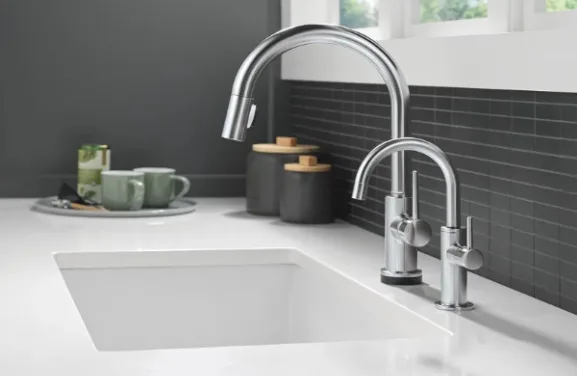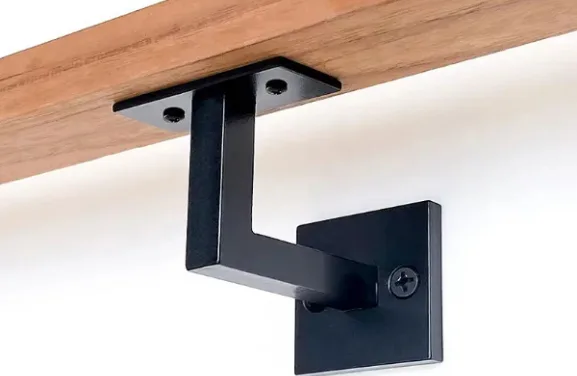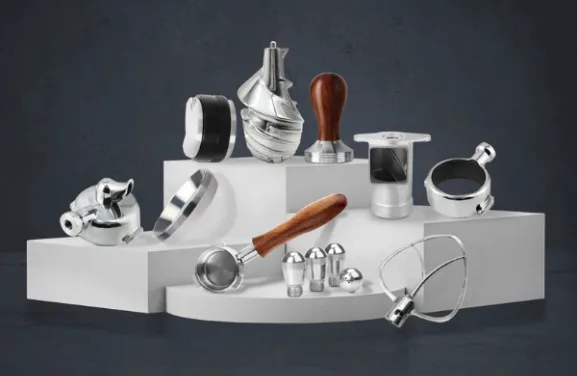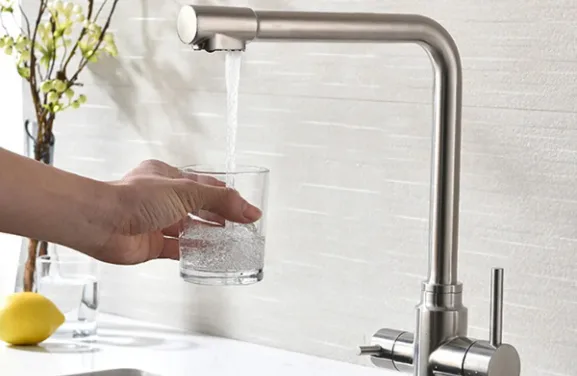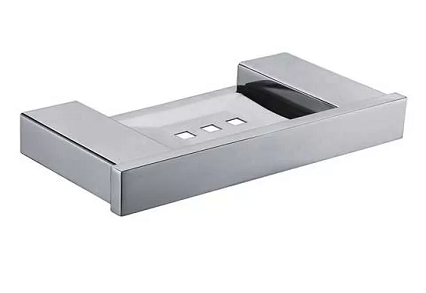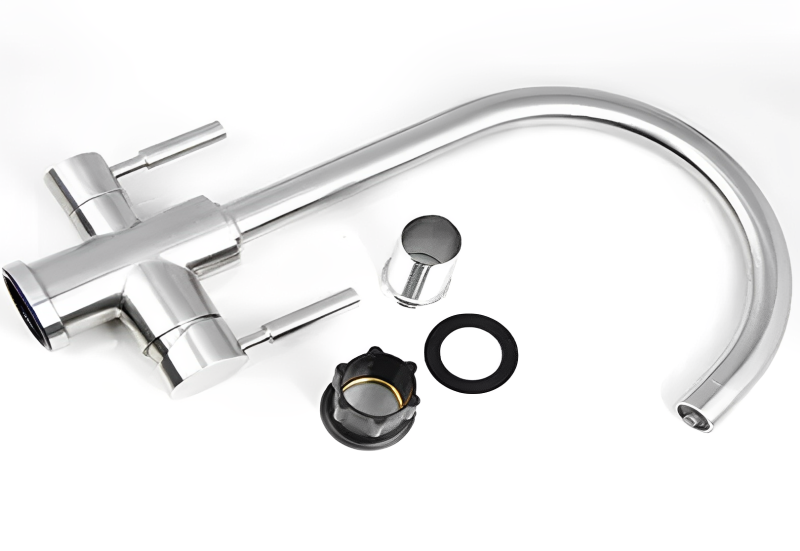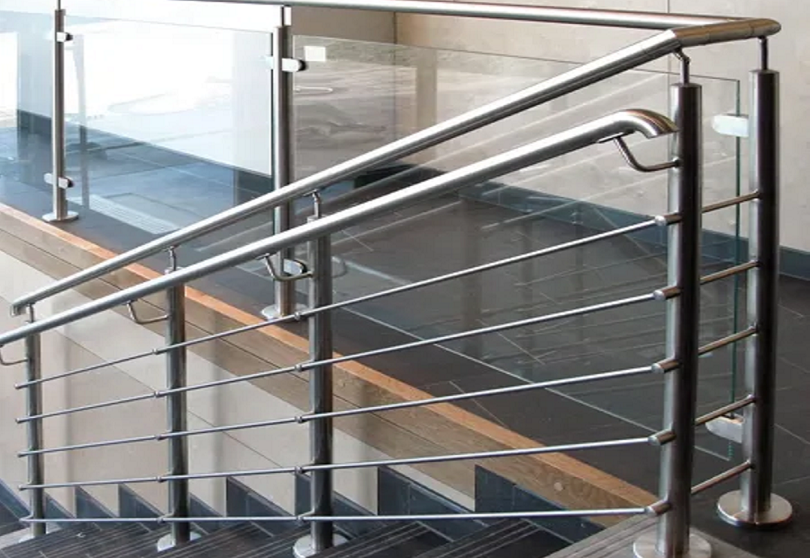
Are Stainless Steel Brackets Safe?
- By:ABLINOX
- 2025-07-15
- 60
Stainless steel brackets are widely used in construction, medical devices, automotive applications, and household fixtures due to their strength, durability, and resistance to corrosion. But are they truly safe? Let’s examine their safety in different aspects.
1. Corrosion Resistance & Durability
Stainless steel contains chromium, which forms a passive oxide layer that protects against rust and corrosion. This makes stainless steel brackets ideal for:
-
Outdoor use (e.g., railings, support structures)
-
Humid environments (e.g., bathrooms, kitchens)
-
Medical and food-grade applications (where hygiene is critical)
Unlike ordinary steel, stainless steel does not require additional coatings or frequent maintenance to prevent degradation.
2. Strength & Load-Bearing Capacity
Stainless steel brackets are highly durable and can withstand heavy loads without bending or breaking. They are commonly used in:
-
Construction (support beams, shelving)
-
Automotive and aerospace industries (structural components)
-
Furniture assembly (reinforcement brackets)
Their high tensile strength ensures long-term stability, reducing the risk of structural failures.
3. Non-Toxic & Hygienic Properties
Stainless steel is non-reactive and does not leach harmful chemicals, making it safe for:
-
Medical implants and surgical tools (surgical-grade stainless steel is biocompatible)
-
Food processing equipment (does not contaminate food)
-
Water pipes and storage tanks (prevents metal leaching into water)
This makes stainless steel brackets a safe choice in environments where hygiene and chemical stability are crucial.
4. Fire & Heat Resistance
Stainless steel has a high melting point (~1,400–1,500°C) and does not easily deform under heat. This makes stainless steel brackets suitable for:
-
Fire-resistant structures
-
Industrial furnaces and exhaust systems
-
High-temperature applications
Unlike plastic or aluminum brackets, stainless steel maintains structural integrity even in extreme conditions.
5. Potential Safety Concerns
While stainless steel is generally safe, some considerations include:
-
Sharp edges – Poorly finished brackets may have burrs that can cause cuts.
-
Galvanic corrosion – If paired with dissimilar metals (e.g., aluminum), corrosion may occur.
-
Cost – High-quality stainless steel brackets are more expensive than alternatives.
Conclusion
Stainless steel brackets are among the safest and most reliable options for structural, medical, and industrial applications. Their corrosion resistance, strength, and non-toxic properties make them suitable for long-term use in demanding environments. However, proper installation and material compatibility should always be considered to ensure optimal safety.
For critical applications (e.g., medical or construction), always choose high-grade stainless steel (e.g., 304 or 316) to guarantee maximum safety and performance.
-
Exploring the Art of Precision Casting
2025-03-20 -
Premium Stainless Steel Hinges for Durable Glass Shower Enclosures
2025-03-14 -
Stainless Steel Tactile Products: Durable Solutions for Barrier-Free Environments
2025-03-12 -
Celebrating Women’s Day: Special Care for Our Female Employees
2025-03-08 -
From Design to Finished Product: The Complete Guide to Stainless Steel Precision Casting
2025-02-26 -
Guides To Buy Stainless Steel Sanitary Ware
2024-01-16 -
How Do We Customize SS 304 Faucets for You?
2023-10-17 -
One of the Casting Steps, Pouring
2023-07-24 -
Training for Business Expansion
2022-07-02 -
Internal Business Sharing Meeting
2022-06-20
-
Premium Stainless Steel Handrail Fittings from a Trusted SS Casting Manufacturer
2025-10-29 -
Premium Stainless Steel Balustrade Accessories and Boat Hardware for Lasting Performance
2025-10-29 -
High-Performance Stainless Steel Hardware for Marine and Architectural Applications
2025-10-29 -
High-Quality Stainless Marine Hardware and Balustrade Accessories
2025-10-23 -
High-Quality Stainless Steel Marine Hardware and Casting Solutions
2025-10-23 -
Premium Stainless Steel Casting Hardware for Architecture and Home Design
2025-10-09 -
High-Quality Stainless Steel Railing and Marine Accessories for Modern Applications
2025-10-09 -
Precision Stainless Steel Casting and Marine Hardware Manufacturer
2025-10-09 -
Precision Stainless Steel Casting and Hardware Solutions for Modern Living
2025-10-09 -
Premium Stainless Steel Railing and Marine Accessories for Lasting Performance
2025-10-09












